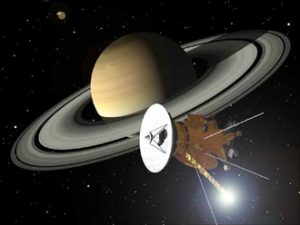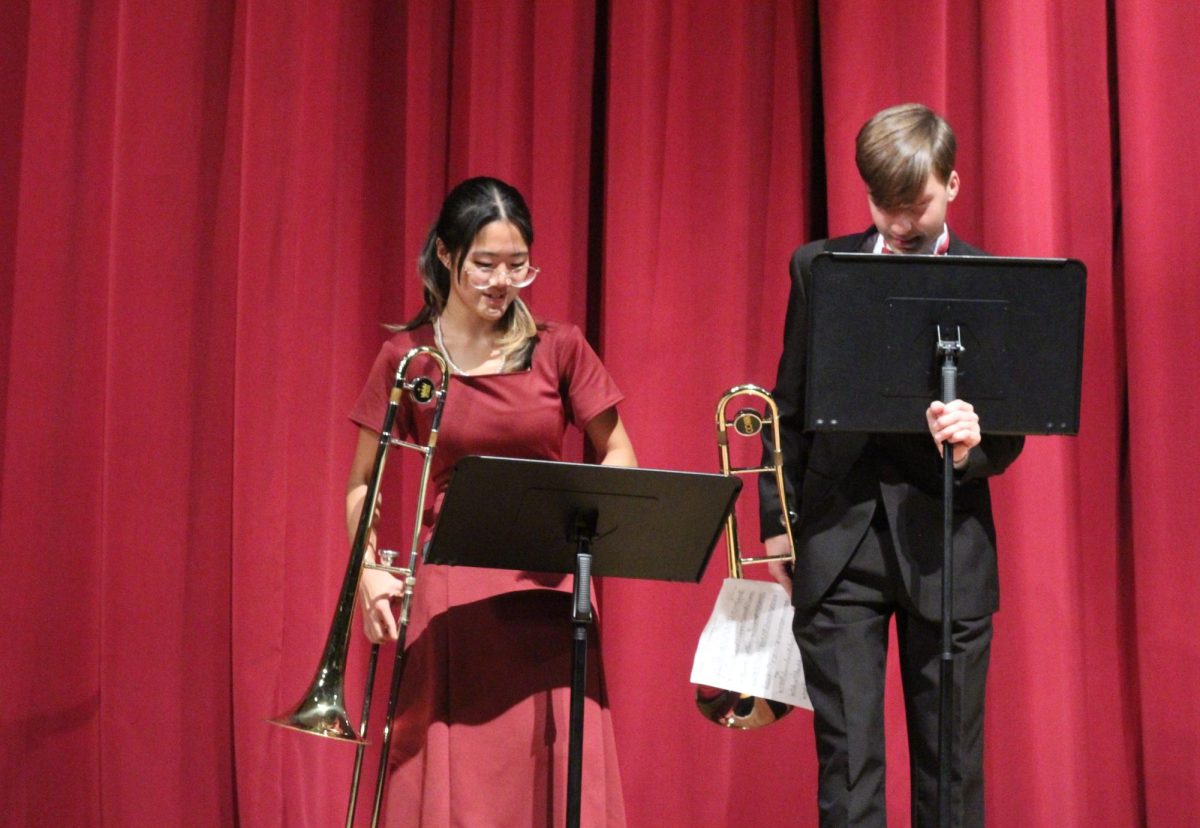
On Sept. 15, the Cassini mission came to an end as the spacecraft plummeted into Saturn’s thick atmosphere. After 13 years of service photographing the Saturn system, the Cassini spacecraft took its final farewell images.
The orbiter captured a series of photos prior to its speedy demise towards the ringed planet. The photos, received from over a billion miles away, were later released to serve as a tribute to its service for fans and admirers in the space community.
“My imaging team members, and I were especially blessed to serve as the documentarians of this historic epoch and return a stirring visual record of our travels around Saturn. This is our gift to the citizens of planet Earth,” Carolyn Porco, the imaging team leader of Space Science Institute, said in an interview with Space.com
According to NASA’s associate administrator for science, Thomas H. Zurbuchen, the spacecraft reached ground breaking discoveries as it served at one of the most “quintessential missions from NASA.” Aside from the thousands of photos sent back to Earth, Cassini revealed a body of water underneath the ice exterior of Enceladus, one of Saturn’s moons. Both the water and the carbon compounds found on the celestial body indicate the potential for life.
On Sep. 25, MSD’s astronomy teacher, Kyle Jeter, explored Cassini’s demise with his students. Jeter detailed the spacecraft’s influence on our understanding of our solar system, and explained its sentimental value it holds.
“Cassini is one of the most fantastically successful missions in the history of NASA. It happened to launch the first year I was teaching astronomy at this school, and it was such a fantastic current event to start off this class, so it holds great personal meaning,” Jeter said.
After a long 20 year journey, Jeter once again discussed Cassini with his students. However, on this occasion he illustrated its demise rather than its departure.
“It’s quite impressive that we have the technology to create a spacecraft to orbit a planet billions and billions of miles away. I give great credit to the minds at NASA who shows if we push ourselves, we can go above and beyond,” astronomy student Joseph Donato said.
For teachers and students alike, the Cassini spacecraft mission serves as the representation to go above and beyond and inspiration for all to dream.










